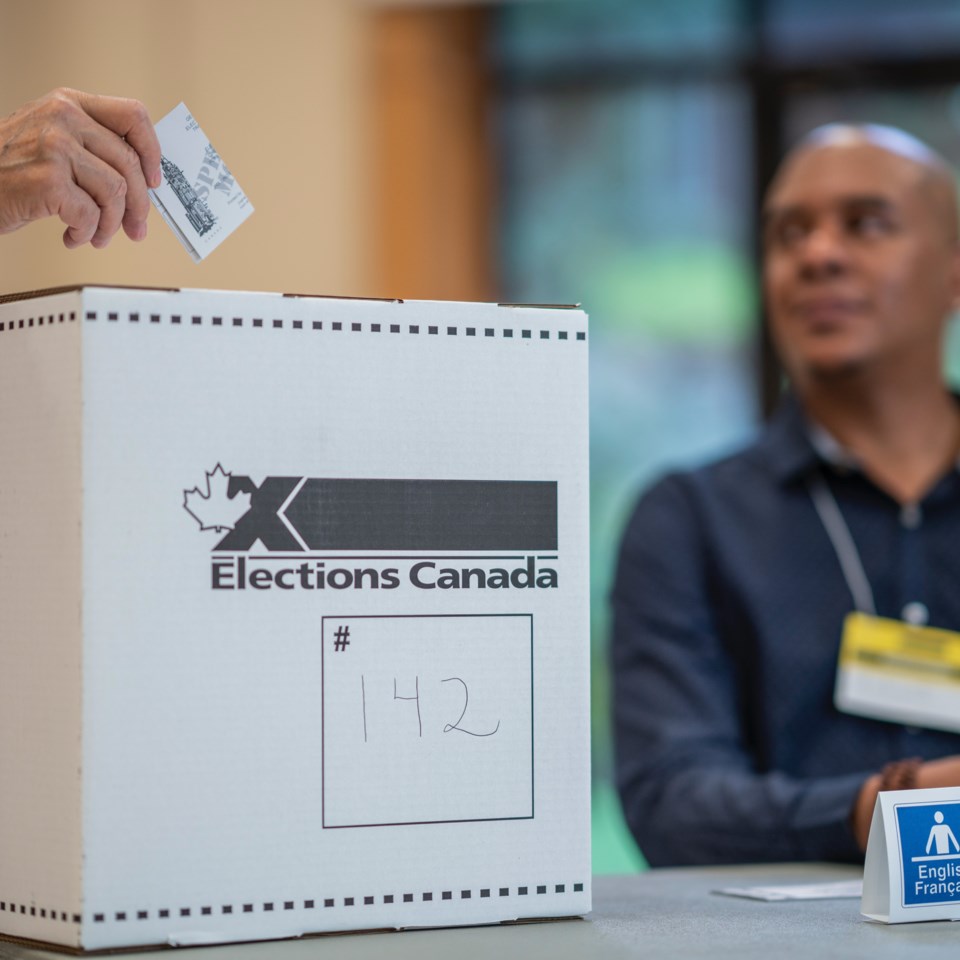In the aftermath of the federal election on April 28, leaders of the three main parties were handed dramatically different results.
While prime minister Mark Carney and his Liberal Party celebrated winning the most seats with 169, and will form government, they finished short of pre-election polls that predicted a 74 per cent chance of winning a majority (172 seats). Compared to the position the party was in before Justin Trudeau stepped down as prime minister, celebrating is warranted.
Conservative leader Pierre Poilievre increased his party’s seat count from its total in the 2021 election (119) to 144, and in the popular vote. But, in addition to losing in his own riding of Carelton in Ontario, and to the disappointment of his supporters, he failed to hold a double-digit lead in the polls from a few months ago. Compared to the position the party was in before Justin Trudeau stepped down as prime minister, disappointment is warranted.
Jagmeet Singh finished a distant third in his Burnaby Central riding, and the NDP won just seven ridings across the country, leaving the party without official party status and facing a rebuild under a new leader. This after its caucus weakening due to seat declines in previous elections, including the 24 won in 2021. Compared to the number of seats the NDP won in the 2015 election (44), a rebuild is warranted.
One clear result was that Mark Carney will continue to be the prime minister of Canada. What isn’t clear is for how long, and which parties/members of parliament from across the aisle will be needed to help move his agenda along.
Join the Peak's email list for the top headlines right in your inbox Monday to Friday.




